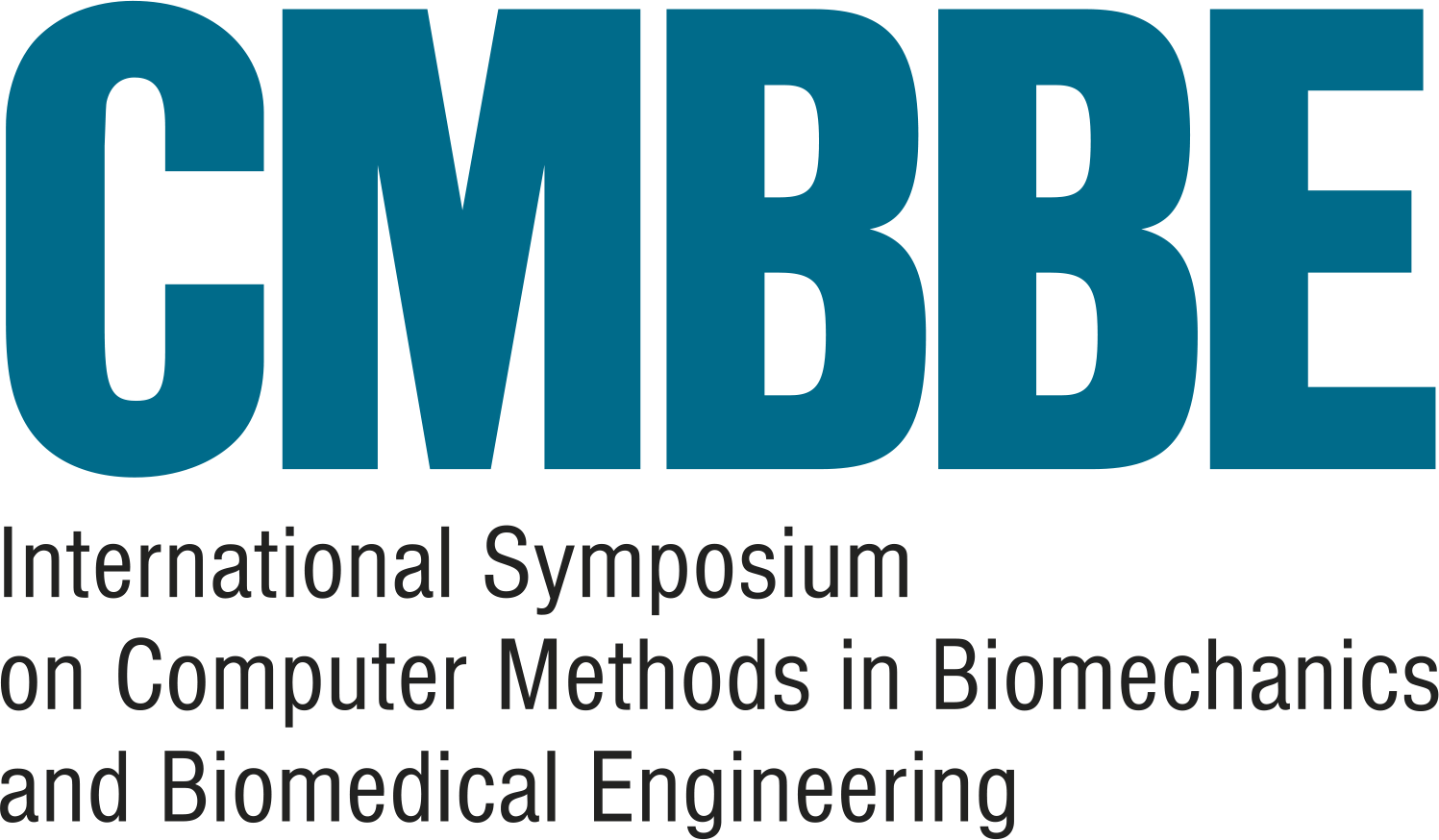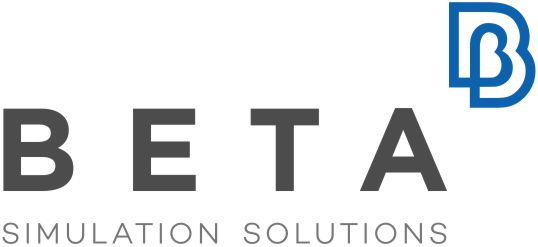Musculoskeletal simulations can provide valuable insights into kinematics, kinetics, and muscle activations during movement. It is challenging to measure these variables directly, especially in an outdoor environment. Using optimal control, the simulated motion is dynamically consistent and can be tailored to the defined movement task. Additionally, optimal control can be used to predict movement adaptations in reaction to altered external or internal conditions.
In this workshop, we will introduce our BioMAC-Sim-Toolbox, a powerful and versatile framework for opFmal control simulations. The toolbox is implemented in MATLAB and precompiled functions in C and compatible with OpenSim models. It allows tracking of data from different sensor modalities, like optical or inertial motion capture data. Participants will learn how to define and solve their own optimal control problems, and how to analyze the results. We will further provide guidance for understanding and using the different toolbox components and options.
SimVascular Workshop and User Training
SimVascular is a fully open-source software for cardiovascular blood flow simulation, offering a complete pipeline from medical imaging to analysis. It supports image segmentation, unstructured meshing, physiologic boundary conditions, and multi-physics simulations. The C++-based svMultiPhysics solver incorporates fluid-structure interaction, large deformation with arbitrary Lagrangian-Eulerian (ALE) formulation, electrophysiology, and cardiac mechanics. An accompanying Vascular Model Repository (VMR, www.vascularmodel.com) offers over 250 clinical datasets, supporting research in machine learning, medical devices, and reduced-order modeling. Extensive online documentation and tutorials with clinical examples are available.
This workshop includes sessions for both new and experienced users. New users will learn model construction, meshing, flow simulations, and best practices. Advanced sessions cover topics like cardiac mechanics, reduced-order modeling, surgical planning, and Python scripting. Participants can discuss their research challenges with developers and are encouraged to bring models and questions to the workshop.
Data-Driven Platform to Simulate Drug Deposition in Lung Airway
The workshop will introduce our AI-mediated platform for simulating drug deposition in lung airway. Attendees will learn about drug deposition in lung airway, optimization and machine learning approach in solving biomedical problems using synthetic data.
Learning objectives:
– AI application in biomedicine
– Optimization in biomedical engineering
– Drug deposition in lung airway
Comodo.jl: A Julia package for Computational Biomechanics
This workshop introduces Comodo.jl, an open source Julia package for computational (bio)mechanics and computational design. Comodo offers functionality for geometry processing, meshing, automated design, image-based modelling, and finite element analysis. Comodo.jl started out as a modern re-implementation in Julia of the MATLAB toolbox GIBBON. MATLAB is an interpreted language and hence does not scale well for high performance applications. In the context of biomedical engineering such applications may include medical device design optimisation, in-silico clinical trials, and clinical software deployment. To address this gap we here introduce Comodo, which loosely stands for Computational MOdelling for Design Optimisation. Comodo is implemented in Julia, which is a high performance and open source scientific programming language. Although its syntax is similar to MATLAB or Python its performance can match Fortran or C++.
Applied Biomechanics Simulations Using MoFEM, an Open-Source Parallel Finite Element Library
Speakers:
Liliana Sierra
Jakka Veera
(Universitat Pompeu Fabra)
This workshop introduces MoFEM (Mesh-oriented Finite Element Method), an open source finite element simulation software developed at the University of Glasgow. Tailored for advanced multi-physics simulations, MoFEM offers flexibility beyond commercial packages such as ANSYS or Abaqus, particularly for complex biomechanical applications.
During the workshop, participants will gain hands-on experience via three Jupyter notebooks focusing on:
1) Evaluating mechanical stability of bone-implant constructs,
2) Assessing patient-specific bone strength,
3) Modelling soft tissue deformation.
Attendees will access MoFEM server and receive step-by-step guidance through each simulation. This interactive session will introduce users to the workflow and inspire adapting MoFEM to their research problems,
End-to-End Workflow for Patient-Specific Biomechanical Simulations: From CT scan to 3D model simulation results
Speaker:
Livia Emmanuela Baksiova
Finite Element (FE) modeling offers a powerful approach to simulate surgical scenarios and guide clinical planning. The aim of this workshop is to guide participants through the full process of creating patient-specific CT-based models, integrating implants, and performing simulations. It begins with the segmentation and 3D surface generation of a single vertebra from a spine CT scan using RETOMO. The workflow continues in ANSA with mesh processing and material assignment based on CT values. Participants will also learn how to assess mesh quality, integrate a screw implant, and define and solve load cases for static linear analysis using the EPILYSIS and LS-DYNA solvers. The session concludes in META with post-processing techniques for visualizing results, generating statistics, creating automated reports, managing multiple models, and preparing complete simulation sessions.





